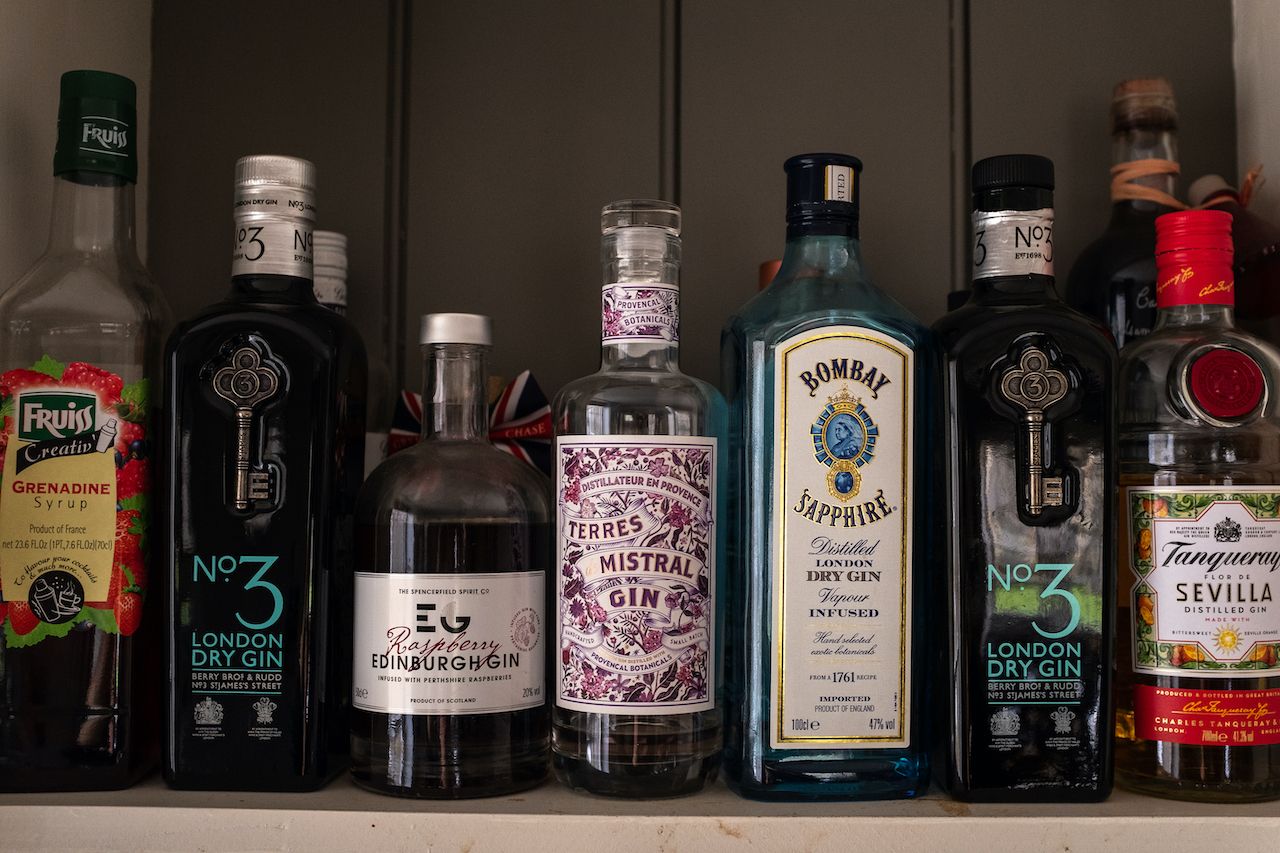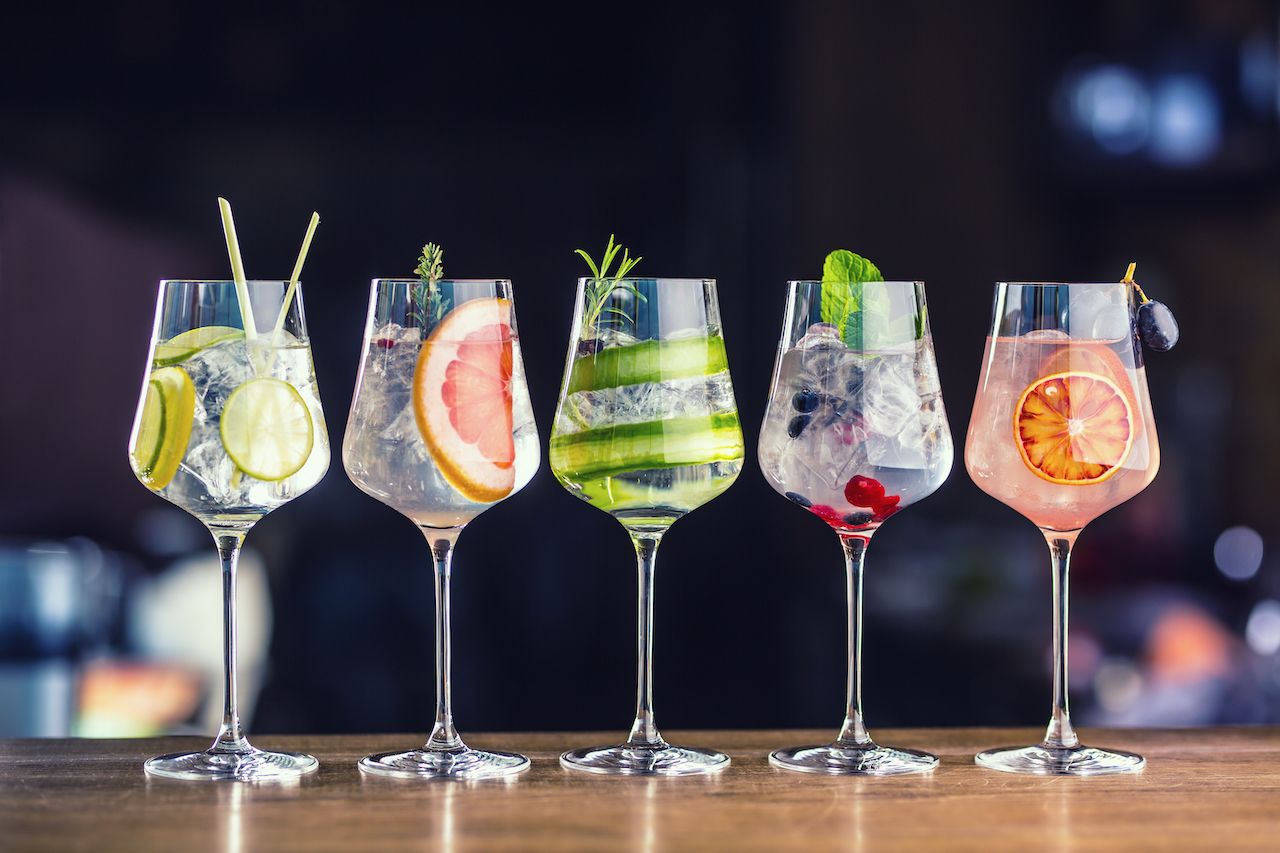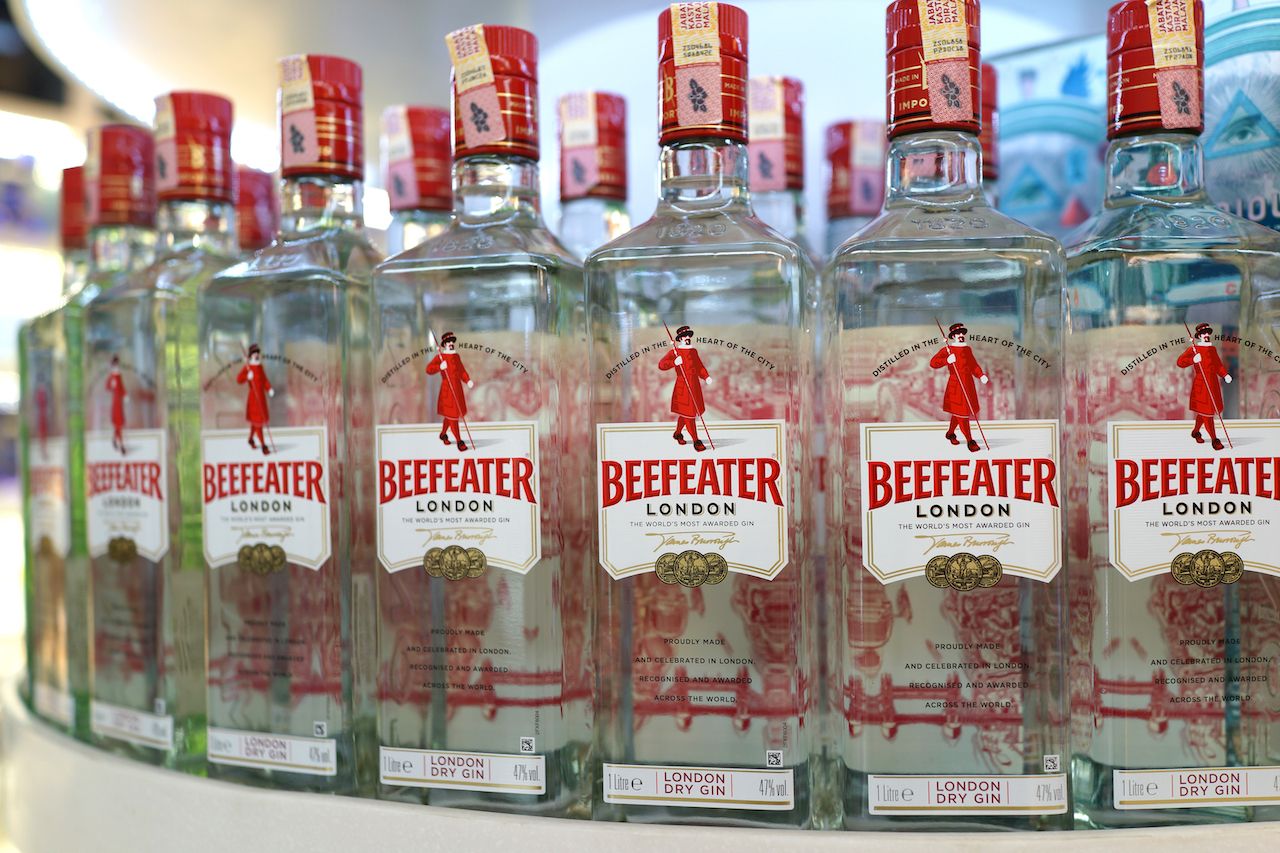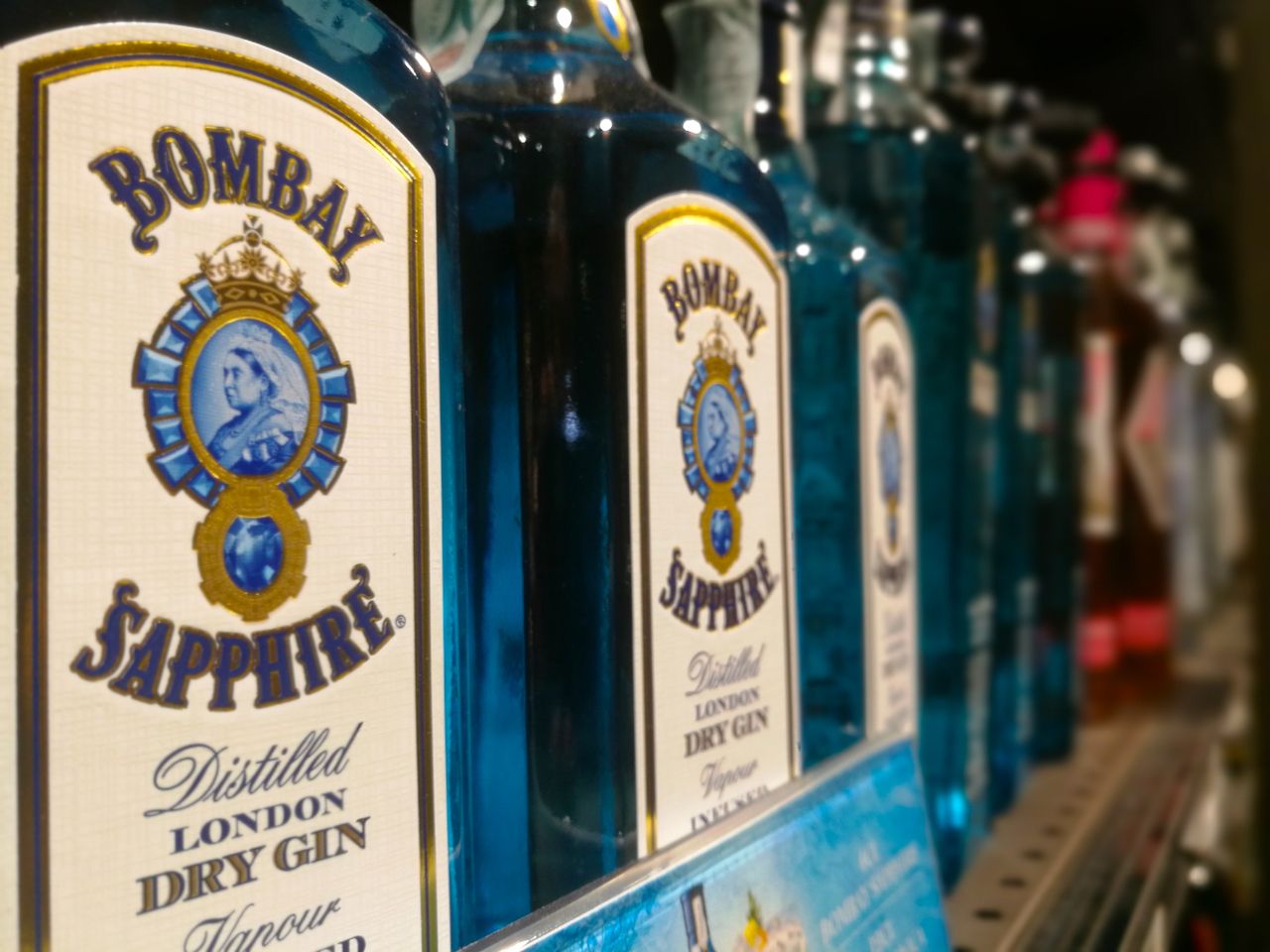Champagne has to be made in Champagne, France; Parmigiano-Reggiano must come from four distinct regions in Italy; and bourbon must be made in the United States. London dry gin, however, keeps the name of the place that made it famous without any geographical restrictions.
If you know only one style of gin, there’s a good chance that it’s London dry. Many of the most famous brands lay claim to the style designation — Tanqueray, Bombay Sapphire, and Gordon’s, to name a few — though it’s rare for the big names in London dry gin to actually be made in London (Beefeater is a notable exception).
The name can be confusing for people just learning about gin. Imagine, for example, that nearly all of the famous Florida oranges were actually grown pretty much everywhere but Florida. Yet the name is important nonetheless, and there’s a long history behind why this particular type of gin refers specifically to London — a city with deep connections to gin production.





